Quick Summary: Best Dog Foods for Pitbull Muscle Gain
Pros and Cons of Feeding a Muscle-Focused Diet to Your Pitbull
Focus Area | Pros | Cons |
|---|---|---|
Higher Protein & Fat | Supports muscle repair and growth; provides sustained energy for active dogs. | Can lead to kidney strain if not balanced; may cause digestive upset if introduced too quickly. |
Increased Calorie Intake | Provides the necessary fuel for building and maintaining muscle mass. | High risk of unhealthy weight gain and obesity if not paired with adequate exercise. |
Nutritional Balance | Formulated to meet the demands of athletic breeds for peak performance. | May provide excessive nutrients for sedentary dogs, leading to health issues. |
Joint & Bone Support | Added ingredients like glucosamine help fortify joints against the stress of added muscle. | Not all formulas include sufficient levels; may still require separate supplementation. |
Cost | High-quality, protein-dense ingredients deliver visible results in physique and energy. | Premium ingredients result in a significantly higher price point compared to standard kibble. |
Introduction
You watch your Pitbull race across the yard, a blur of power and enthusiasm. You see the strong frame and short coat that define the breed, but something seems missing. The dog is lean and healthy, yet lacks the dense, defined muscle tone you expect. You find yourself wondering, “Am I feeding him right? What is the best dog food for Pitbulls to gain muscle correctly and safely?” This question is common among owners of athletic breeds who want to help their dogs reach their full physical potential without compromising their health.
A well-muscled physique isn’t just for show; it supports joint stability, metabolic health, and overall strength. However, achieving it requires more than just random exercise. It demands precise nutrition. In this guide, we will explore the science behind canine muscle development. You will learn about the specific protein and energy requirements for a powerful breed like the Pitbull, what muscle-supporting nutrients to look for, and which ingredients to avoid. We’ll review the top formulas we’ve tested at Tailwaves, provide a clear feeding plan, and discuss how to synergize diet with exercise for optimal results.
Why Pitbulls Have Unique Muscle-Gain Needs?
Pitbull-type breeds are genetically predisposed to be muscular, athletic animals. Their history required strength, agility, and endurance, traits that are fueled by powerful muscles. Unlike some breeds that gain weight easily as fat, a healthy Pitbull’s metabolism is geared toward building and maintaining lean muscle mass. This high-energy nature means their nutritional needs differ significantly from more sedentary dogs.
Nutritional research confirms that active dogs require two key things: higher-quality protein and balanced energy sources. Protein provides the essential amino acids necessary for muscle repair and growth after physical exertion. Fats and complex carbohydrates supply the calories needed to fuel that activity and the muscle-building process itself. Without adequate levels of both, a Pitbull can appear thin and lanky rather than powerful and defined.
However, diet isn’t the only factor. Several underlying issues can interfere with muscle development, even with a perfect feeding plan. These can include:
- Genetics: Not all Pitbulls have the same genetic potential for a heavily muscled build.
- Digestive Issues: Poor nutrient absorption can prevent the body from utilizing the protein and calories it receives.
- Thyroid Problems: Hypothyroidism can slow metabolism and hinder muscle growth.
- Activity Level: A sedentary dog, regardless of diet, will not build significant muscle mass.
Understanding these unique factors is the first step in creating a successful muscle-gain strategy for your dog.
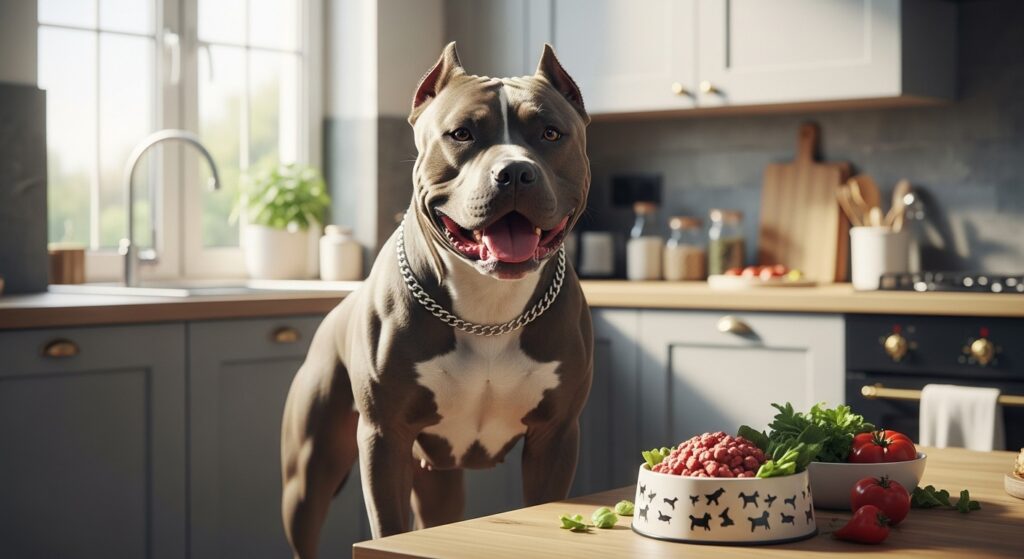
What to Look for in a Dog Food to Help Your Pitbull Gain Muscle?
Choosing the right food is critical. The dog food aisle is filled with marketing claims, but a truly effective muscle-building diet has specific nutritional markers. Here is what you need to look for on the ingredient list and guaranteed analysis panel.
High-Quality Animal Protein (30%+)
Protein is the foundation of muscle tissue. For an active Pitbull, a diet with a crude protein content of at least 30% is ideal. More importantly, this protein must come from high-quality, named animal sources like deboned chicken, beef, fish, or lamb. These provide a complete profile of essential amino acids that are the direct building blocks for muscle repair and synthesis.
Moderate-to-High Fat for Energy
Fat is a dense source of energy, crucial for fueling both an active lifestyle and the calorie-intensive process of building muscle. It also plays a vital role in hormone production, which influences muscle growth. Look for formulas with a fat content between 15% and 20%. The fat should come from quality sources like chicken fat or salmon oil, which also provide beneficial omega fatty acids.
Calorie-Dense Formula
To build muscle, a dog needs to be in a slight caloric surplus. A calorie-dense food provides this energy without requiring massive portion sizes, which can strain the digestive system. The goal is to fuel muscle gain, not just general weight gain. Avoid foods packed with cheap fillers that add calories without nutritional value, as this leads to excess fat storage.
Joint & Bone Support
Adding muscle mass puts extra strain on your dog’s skeletal frame and joints. A responsible muscle-gain diet must account for this. Look for formulas fortified with:
- Glucosamine and Chondroitin: These compounds help maintain cartilage and support joint lubrication.
- Omega-3 Fatty Acids (EPA & DHA): Found in fish oil, these have powerful anti-inflammatory properties that protect joints.
- Calcium and Phosphorus: These minerals are essential for bone density and strength.
Digestible Ingredients
The best nutrients in the world are useless if your dog can’t absorb them. Highly digestible ingredients ensure that the protein, fats, and micronutrients are effectively utilized by the body. Whole foods like sweet potatoes, peas, and brown rice are more digestible than fillers like corn, wheat, and soy. This efficiency is a cornerstone of an effective active Pitbull diet.
Life-Stage and Activity-Matched Formula
A food’s formulation must match your dog’s specific needs. A growing Pitbull puppy has different requirements than a mature, athletic adult. Choose a food labeled for the correct life stage (“Puppy,” “Adult,” “All Life Stages”) and activity level (“Active,” “Performance”). This ensures the balance of protein, fat, and calcium is appropriate. For more on this, see our guide to [LINK: large breed dog nutrition].
Ingredients & Practices to Avoid When Trying to Build Muscle

Just as important as what you feed is what you avoid. Certain ingredients and feeding habits can sabotage your muscle-building goals and even compromise your dog’s health.
First, steer clear of foods loaded with low-quality fillers like corn, wheat gluten, and soy. These ingredients are often used to bulk up kibble and boost protein percentages on paper, but they are less digestible and offer an incomplete amino acid profile compared to animal sources. They contribute to empty calories that are more likely to be stored as fat, not used to build lean muscle.
Be cautious of excessive simple carbohydrates. While carbs provide energy, a diet heavy in them can lead to energy spikes and crashes, as well as fat deposition. Look for complex carbohydrates like sweet potatoes, lentils, and chickpeas instead.
Similarly, an overly high-fat diet without a corresponding high activity level is a recipe for obesity, not muscle. Fat is energy-dense, and any unused energy will be stored. A “performance” diet is only effective for a performance dog.
Finally, do not be swayed by “muscle-focused” marketing that isn’t backed by a balanced nutritional profile. A bag that screams “muscle” but lacks joint support or uses low-quality protein is a gimmick. Healthy, sustainable muscle gain is a holistic process, and ignoring joint health or overall wellness for the sake of appearance is a dangerous trade-off.
Best Dog Foods for Pitbulls to Gain Muscle (Top 8 Recommendations)
1. Orijen Original Dry Dog Food

Best for: Pitbull owners who want the cleanest, most biologically appropriate high-protein diet for building lean muscle.
Orijen Original sits at the top of the high-protein category for a reason. It’s built around the whole-prey approach—fresh, deboned meats, organs, and cartilage—which gives Pitbulls exactly what they need for lean muscle and sustained energy. At 38 percent protein, dogs get a full amino acid profile coming from real chicken, turkey, wild-caught fish, and eggs. Owners often report noticeable improvements in muscle tone and coat quality after several weeks on this food. It’s a strong fit for athletic Pitbulls with high activity levels, but it can be a bit rich for dogs with very sensitive stomachs.
- Key Features: 85 percent animal ingredients; 38 percent protein; whole-prey ratios; grain-free.
- Pros: Premium protein sources; excellent digestibility; visible muscle results.
- Cons: Price is on the higher end; rich formulas may require slower transitions.
- Value: Premium but delivers outstanding results.
2. Acana High-Protein or Acana Singles Formulas
Best for: Pitbulls needing high-protein food with fewer ingredients or better digestive tolerance.
Acana offers a slightly more moderate and digestible option than Orijen while still keeping protein strong. Most recipes sit around 31 percent protein with high-quality animal sources like chicken, beef, or fish as the first ingredients. What makes Acana particularly good for many Pitbulls is its simplicity—shorter ingredient lists, gentle carbohydrates, and balanced omega fatty acids. Dogs with sensitive stomachs often tolerate it better while still getting enough protein for muscle development. It’s a great choice for owners who want performance-level nutrition without going ultra-premium.
- Key Features: 31 percent protein; limited ingredient options; strong omega balance; no artificial additives.
- Pros: Highly digestible; excellent for sensitive dogs; steady muscle support.
- Cons: Still premium priced; protein slightly lower than Orijen.
- Value: Excellent mid-premium performance nutrition.
3. Purina Pro Plan Sport 30/20 Performance Formula
Best for: High-energy Pitbulls that need superior endurance, recovery, and muscle conditioning.
Purina Pro Plan Sport 30/20 is one of the most widely trusted performance formulas in the United States. The 30 percent protein and 20 percent fat profile supports both lean muscle development and quick recovery after activity. This recipe is popular among working-dog and sporting-dog communities because it fuels consistent energy without causing digestive issues. The combination of amino acids, fish oil, and antioxidants makes it a balanced, reliable choice for Pitbulls that run, train, or engage in regular exercise.
- Key Features: 30 percent protein; 20 percent fat; EPA from fish oil; endurance-focused.
- Pros: Strong muscle support; widely recommended by trainers; great digestibility.
- Cons: Contains grains and by-products, which some owners prefer to avoid.
- Value: Outstanding for performance at a moderate price point.
4. Bully Max High Performance Super Premium Dog Food
Best for: Owners specifically looking for a muscle-building formula used widely with Pitbulls and athletic breeds.
Bully Max has become a go-to in the Pitbull community because its 30/20 macronutrient split supports muscle growth, healthy weight maintenance, and strong recovery. This food is calorie-dense, making it ideal for dogs that burn a lot of energy or have trouble keeping weight on. Many owners use Bully Max during periods of higher training intensity because it helps maintain muscle mass without adding unnecessary fillers. If you’re looking for a Pitbull-specific choice that complements activity-based muscle gain, this is one of the strongest options.
- Key Features: 30 percent protein; 20 percent fat; meat-based formula; highly calorie-dense.
- Pros: Great for hard gainers; strong community reputation; supports fast conditioning.
- Cons: Too calorie-rich for low-activity dogs; premium price.
- Value: Excellent for muscle-focused Pitbull owners.
5. Blue Buffalo Wilderness High Protein Chicken Recipe
Best for: Owners who prefer a grain-free, high-protein formula with natural ingredients.
Blue Buffalo Wilderness provides a solid 34 percent protein with chicken as the primary source. It’s grain-free and uses a mix of peas, sweet potatoes, and antioxidant-rich vegetables. While it’s not as intense as performance formulas like Bully Max or Pro Plan Sport, it’s a great fit for active Pitbulls that need muscle maintenance without overly high fat levels. Many dogs do well on this formula thanks to its clean ingredients and balanced mineral profile.
- Key Features: 34 percent protein; grain-free; no by-products; antioxidant blend.
- Pros: Good for sensitive dogs; solid protein level; clean ingredient panel.
- Cons: Can be too carb-heavy for true athletes; higher price than basic options.
- Value: Great natural option for active family Pitbulls.
6. Victor Classic Hi-Pro Plus Dry Dog Food
Best for: Working Pitbulls or multi-dog homes needing an affordable, high-performance food.
Victor Hi-Pro Plus is extremely popular with working-breed owners because of its consistent results and value. With 30 percent protein and 20 percent fat, it lands squarely in the performance category. The formula includes beef, pork, and chicken meals for concentrated amino acids, alongside a proprietary supplement blend to support immune and digestive health. This food is especially helpful for Pitbulls with high metabolisms or owners who need a reliable, budget-friendly performance option.
- Key Features: 30 percent protein; 20 percent fat; multi-meat formula; Victor Core ingredients blend.
- Pros: Great value; excellent for working breeds; very digestible.
- Cons: Contains grains and multiple protein meals; may not suit grain-sensitive dogs.
- Value: One of the best performance values in the U.S. market.
7. Diamond Naturals Extreme Athlete Formula
Best for: High-drive Pitbulls needing strong calories and muscle support at a budget-friendly price.
Diamond Naturals Extreme Athlete is an under-rated powerhouse for muscle gain and conditioning. At 32 percent protein and 25 percent fat, it’s one of the highest-calorie foods in its class. This makes it ideal for Pitbulls that train daily or have naturally lean builds. The formula includes glucosamine, chondroitin, and superfoods like blueberries and oranges, giving it a strong nutritional profile without the premium price tag.
- Key Features: 32 percent protein; 25 percent fat; joint support; high calories.
- Pros: Very high energy density; excellent for active dogs; budget-friendly.
- Cons: Too rich for low-activity dogs; some owners prefer grain-free formulas.
- Value: Exceptional performance nutrition for the price.
8. Royal Canin Large Puppy Dry Dog Food

Best for: Pitbull puppies developing foundational muscle and bone strength.
Royal Canin’s Large Puppy formula is one of the safest and most precisely balanced puppy foods for emerging muscular breeds. Unlike adult formulas that focus heavily on protein, this one emphasizes controlled growth, balanced calcium, and gradual muscle development. It prevents puppies from growing too fast, which reduces joint stress later in life. This makes it the best choice for young Pitbulls under 15 months who need a strong nutritional base before moving to higher-protein adult food.
- Key Features: Balanced growth nutrients; controlled calcium/phosphorus; prebiotics; highly digestible.
- Pros: Vet-trusted; excellent for skeletal and muscle foundation; gentle on digestion.
- Cons: Not for adult dogs; protein level not meant for muscle gain yet.
- Value: Outstanding for safe, healthy muscle and bone development in puppies.
How to Feed a Muscle-Building Diet for Your Pitbull?
Simply pouring the right food into the bowl is only half the battle. How you feed is just as important as what you feed.
Portioning Guidance for Active Muscle-Gain Dogs
Follow the feeding guidelines on the bag as a starting point, but be prepared to adjust. A highly active, 30kg Pitbull may need 20-40% more calories than a sedentary one. A good rule of thumb is to calculate your dog’s Resting Energy Requirement (RER) and multiply it by a factor based on activity (often 2x to 3x for active dogs). However, the best method is hands-on monitoring.
Meal Frequency & Timing
Split the daily portion into at least two meals. This aids digestion and provides a more stable energy supply throughout the day. For very active dogs, feeding a small portion of their daily kibble about 30-60 minutes after intense exercise can help replenish glycogen stores and provide amino acids for immediate muscle repair. Avoid feeding a large meal right before or after vigorous activity to reduce the risk of bloat.
Transitioning Foods Safely
Never switch your dog’s food abruptly. This can cause severe digestive upset. Transition over a 7-10 day period:
- Days 1-3: 75% old food, 25% new food.
- Days 4-6: 50% old food, 50% new food.
- Days 7-9: 25% old food, 75% new food.
- Day 10: 100% new food.
Monitoring Body Condition
The scale can be misleading. Muscle is denser than fat. Instead, use your hands and eyes. You should be able to feel your dog’s ribs with a slight fat covering, but not see them clearly. Your dog should have a visible “tuck-up” at the waist when viewed from the side, and a defined waist when viewed from above. Look for improving muscle definition over the shoulders and hindquarters, and a healthy, shiny coat.
Exercise Synergy
Nutrition builds muscle, but exercise provides the stimulus. A proper diet must be paired with a consistent exercise routine that includes strength training, not just cardio. Activities like tug-of-war, flirt pole chasing, and controlled walks with a weighted vest (for mature dogs over 18 months old) provide the resistance needed to trigger muscle growth. For more ideas, see our guide on [LINK: muscle-gain exercise for dogs].
Avoiding Over-Feeding and Fat Gain
The goal is lean muscle, not just weight. If your dog is losing their waistline or you can no longer easily feel their ribs, you are over-feeding. Cut back the portion size by about 10% and reassess in two weeks. Remember, muscle gain is a slow, steady process. Rushing it with excess food will only lead to obesity and related health problems.
Frequently Asked Questions (FAQs)
Q1. How much protein should a Pitbull eat to gain muscle?
For an active adult Pitbull, a diet containing at least 30% high-quality, animal-based protein is ideal for promoting muscle synthesis and repair. Sedentary or senior dogs may need less.
Q2. Can a Pitbull use “weight-gain” foods safely?
It’s risky. Most “weight gainer” foods are high in fat and simple carbs, which promote fat storage, not lean muscle. It’s better to choose a high-protein, performance-focused food and adjust portions to create a slight caloric surplus for muscle building.
Q3. Should I feed a muscle-gain formula if my Pitbull is neutered?
Yes, but with careful portion control. Neutering can slow a dog’s metabolism, making them more prone to weight gain. You can still use a high-protein diet to support lean mass, but you will likely need to feed smaller portions than recommended for an intact, active dog. Monitor their body condition closely.
Q4. How quickly will I see muscle development on the right diet?
With a combination of proper nutrition and consistent exercise, you should start to see noticeable changes in muscle definition and tone within 4-8 weeks. Full development is a longer process that can take several months.
Q5. Are supplements necessary for muscle gain?
If you are feeding a high-quality, balanced performance dog food, additional supplements are usually not necessary and can even be harmful by unbalancing the diet. The exception may be a joint supplement (glucosamine/chondroitin) or fish oil if your chosen food is not already well-fortified. Always consult your vet before adding any supplements.
Final Verdict: Which Dog Food Should You Choose for Your Pitbull to Gain Muscle?
Choosing the best food comes down to your individual dog’s needs, activity level, and your budget.
For the absolute best results in lean mass development, Orijen Original is our top recommendation due to its unparalleled protein quality. For larger, hard-working Pitbulls, Acana Large Breed provides a perfectly tailored, high-protein diet with joint support. If you need a powerful formula that delivers results without the premium price tag, Drools Optimum Performance is the best budget choice. Finally, for young Pitbulls building their foundation, Royal Canin Maxi Puppy provides the ideal protein and mineral balance for safe, healthy growth.
Your next steps are simple:
- Honestly evaluate your dog’s current body condition and activity level.
- Choose one of the recommended formulas that best fits their needs and your budget.
- Transition them to the new food slowly over 7-10 days.
- Monitor their progress over the next 30-60 days, adjusting portions as needed.
- Pair the diet with a consistent, strength-focused exercise plan and consult your vet with any concerns.
Fueling your Pitbull for a strong, muscular, and healthy life is one of the most rewarding things you can do as an owner.
Subscribe to the Tailwaves newsletter for more expert muscle-building and nutrition guides delivered straight to your inbox.
For dogs needing balanced, supportive nutrition, our low-copper dog food guide explains liver-friendly, high-protein diets.
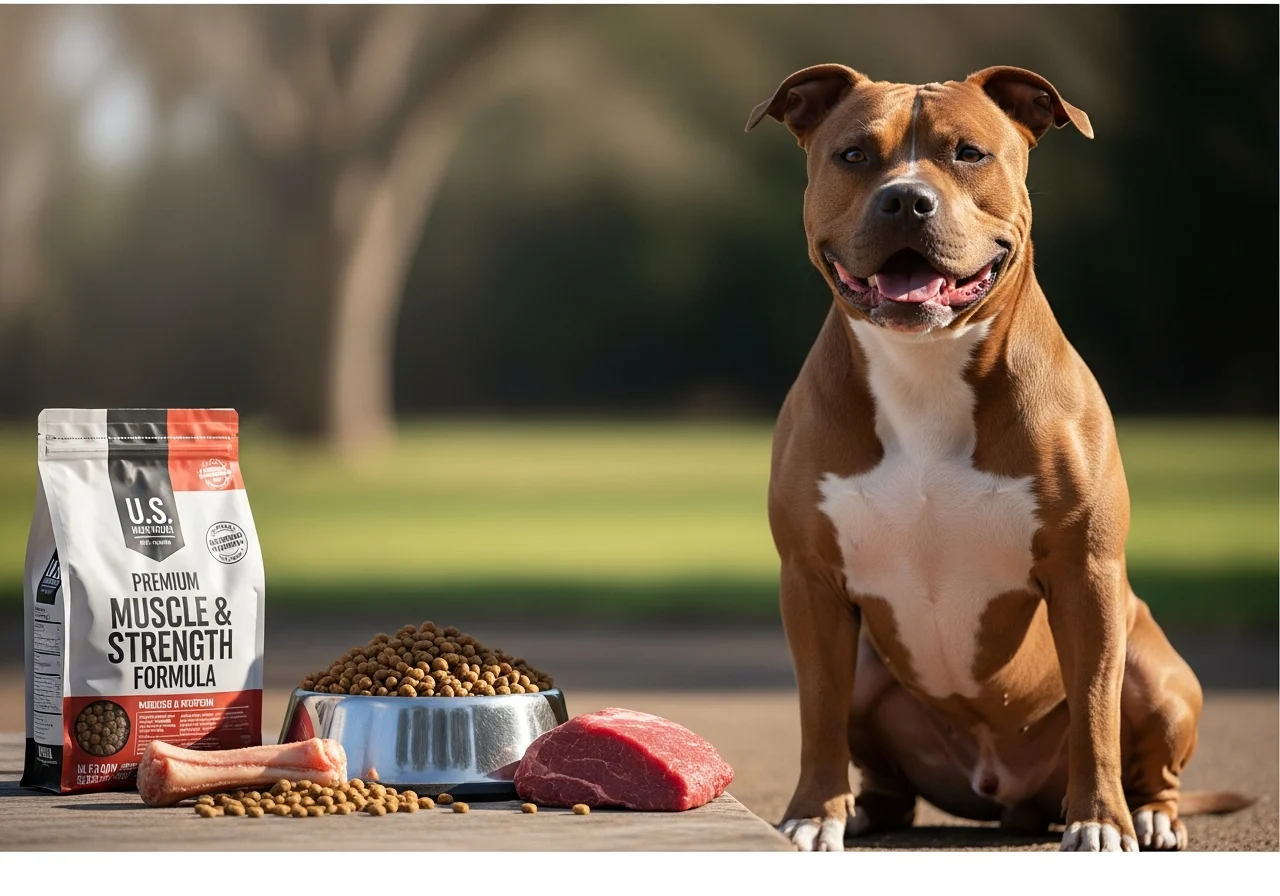
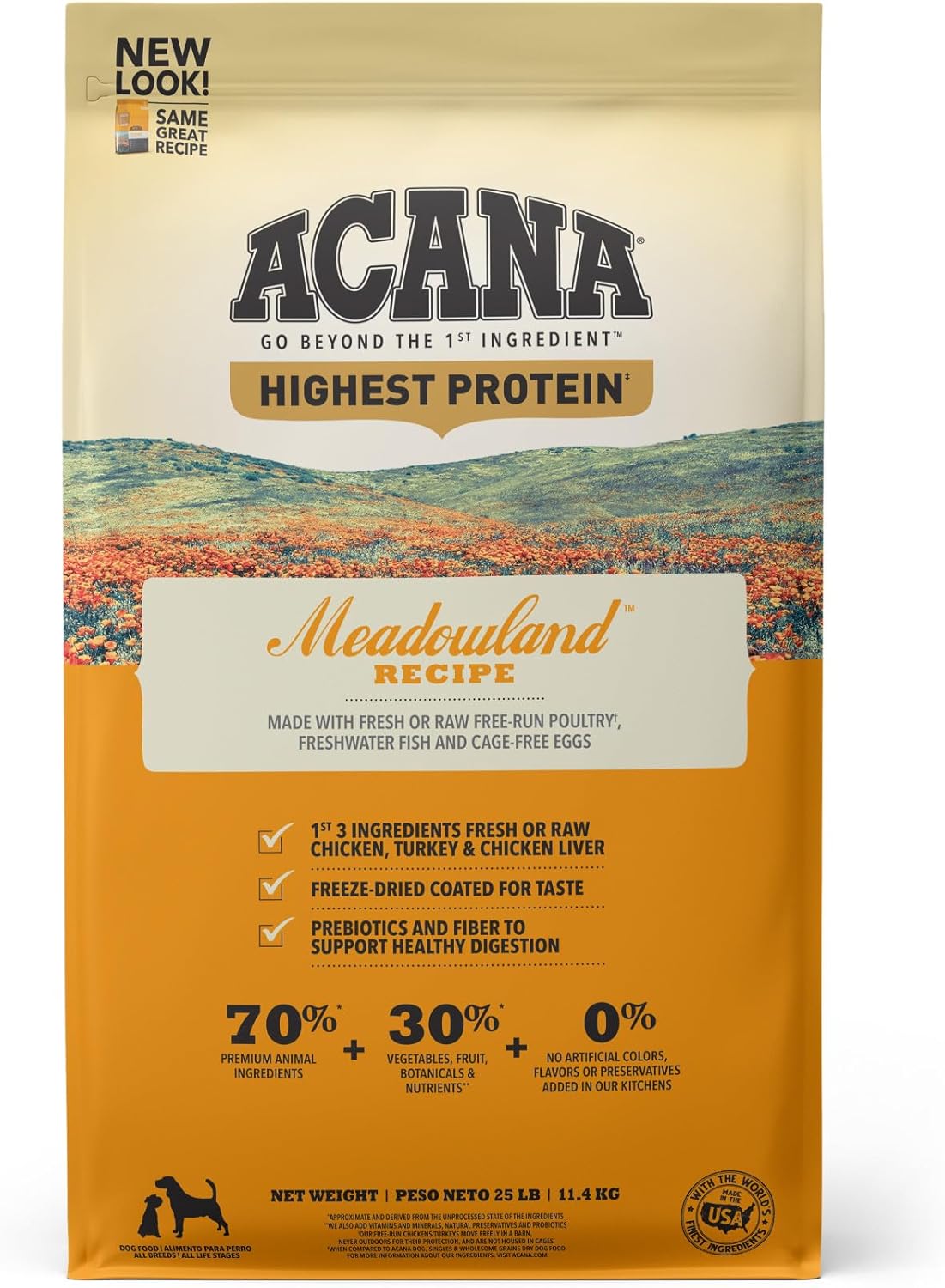
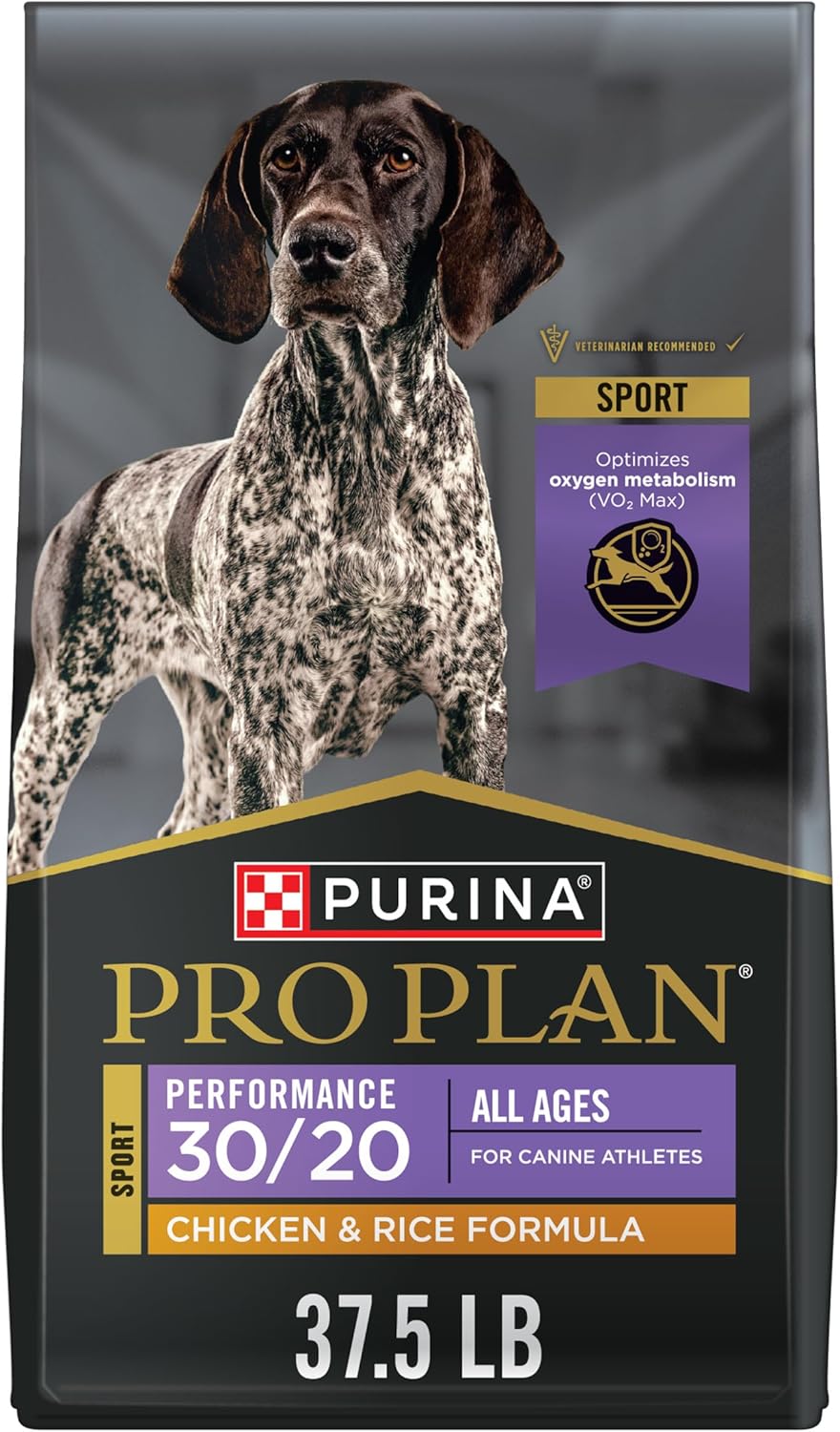



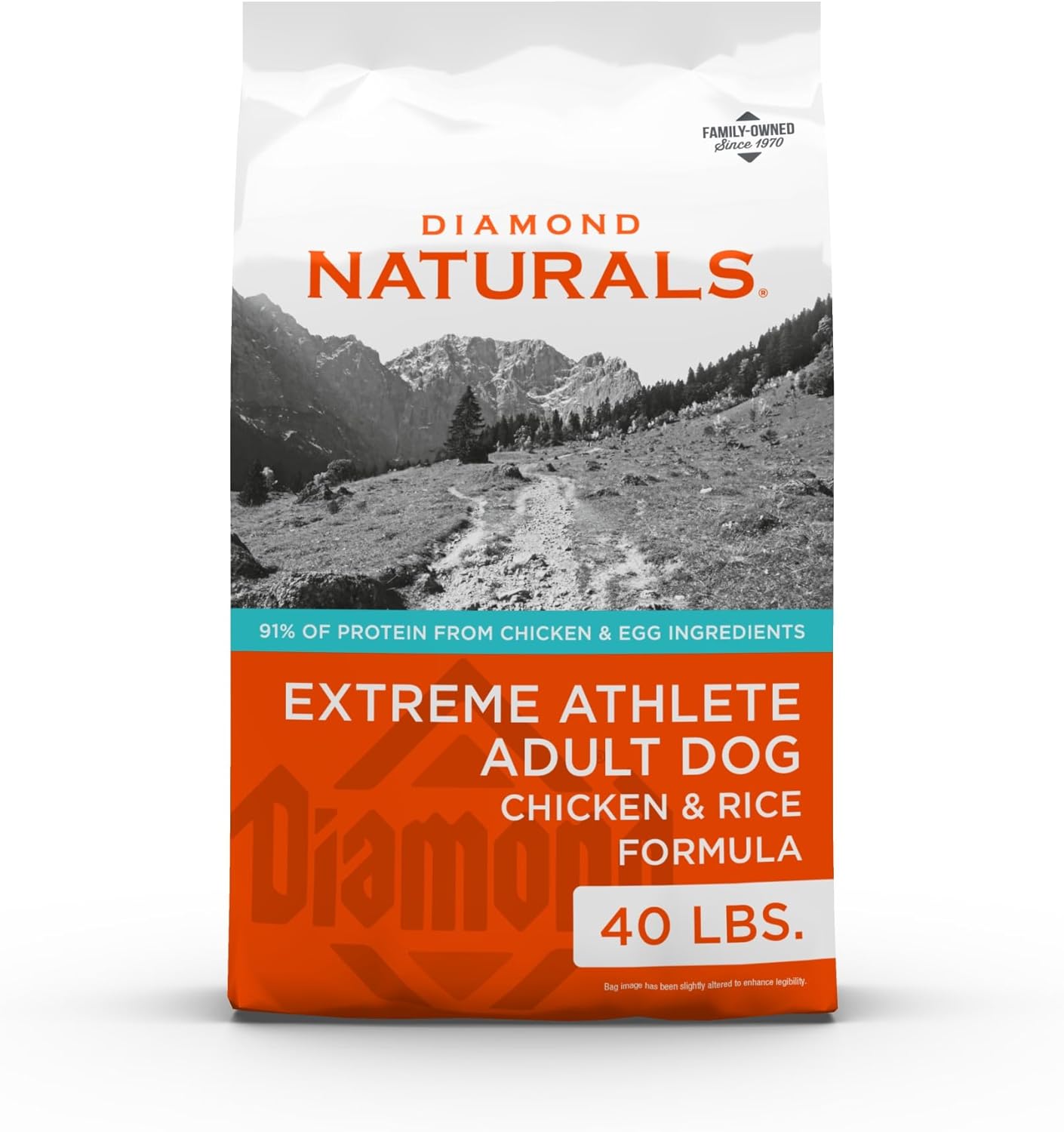

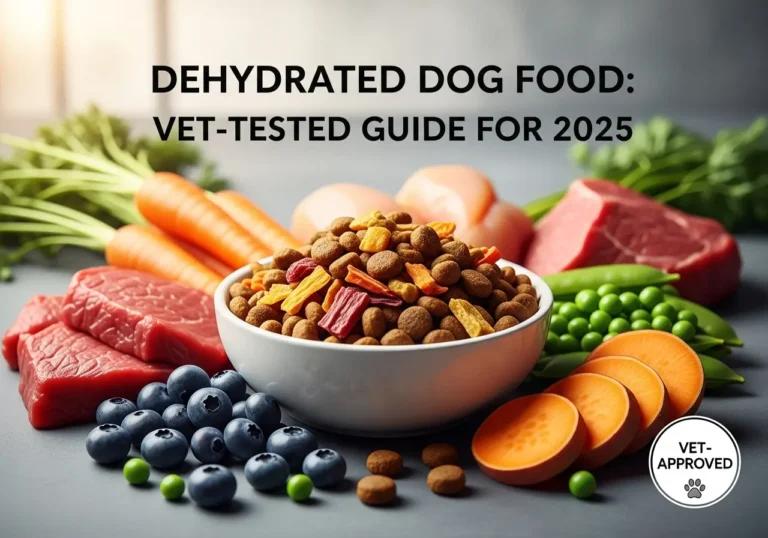



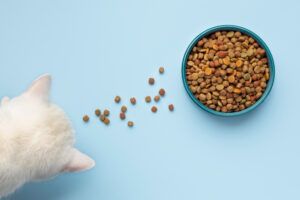




1 Comment
Comments are closed.